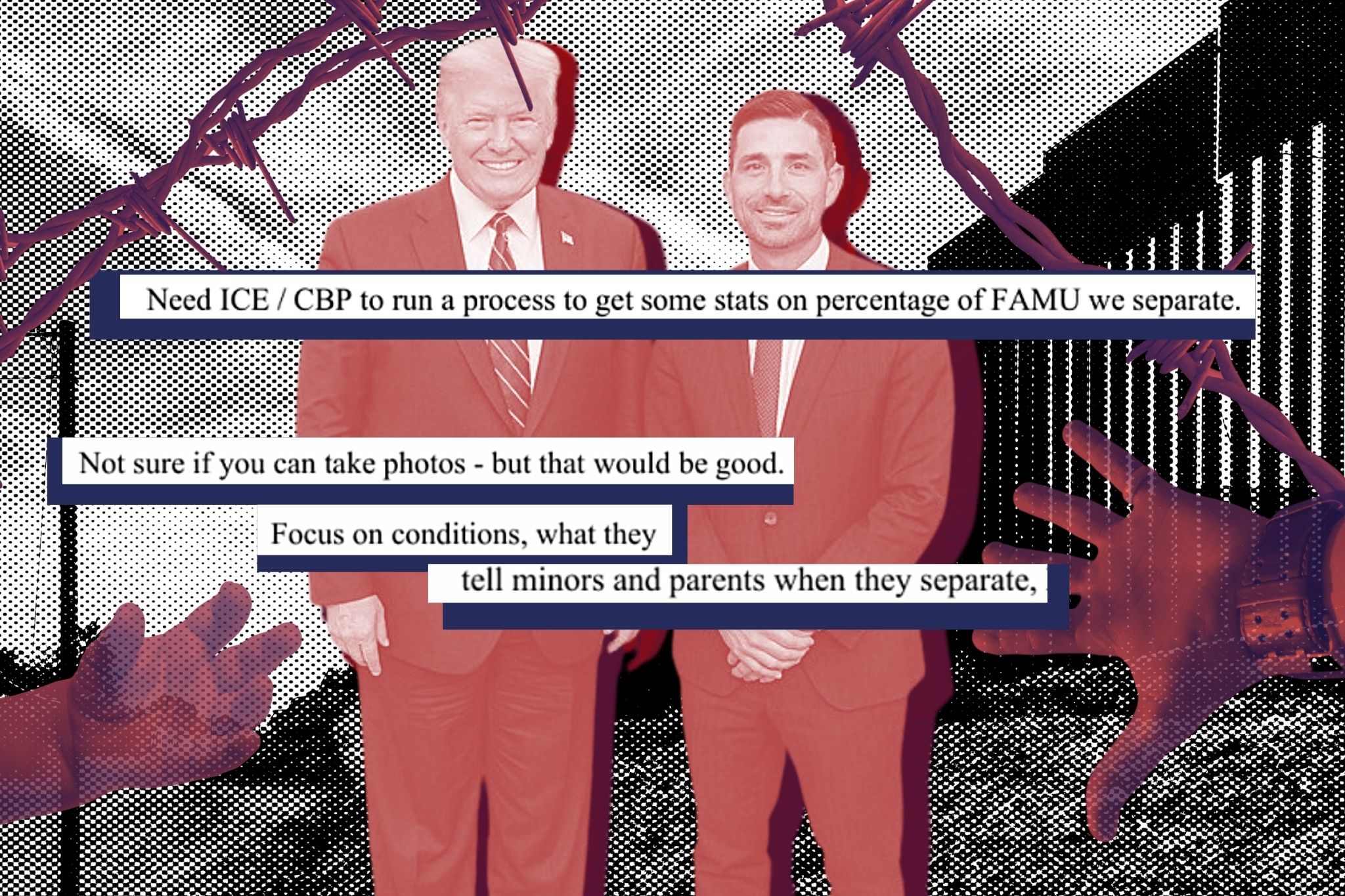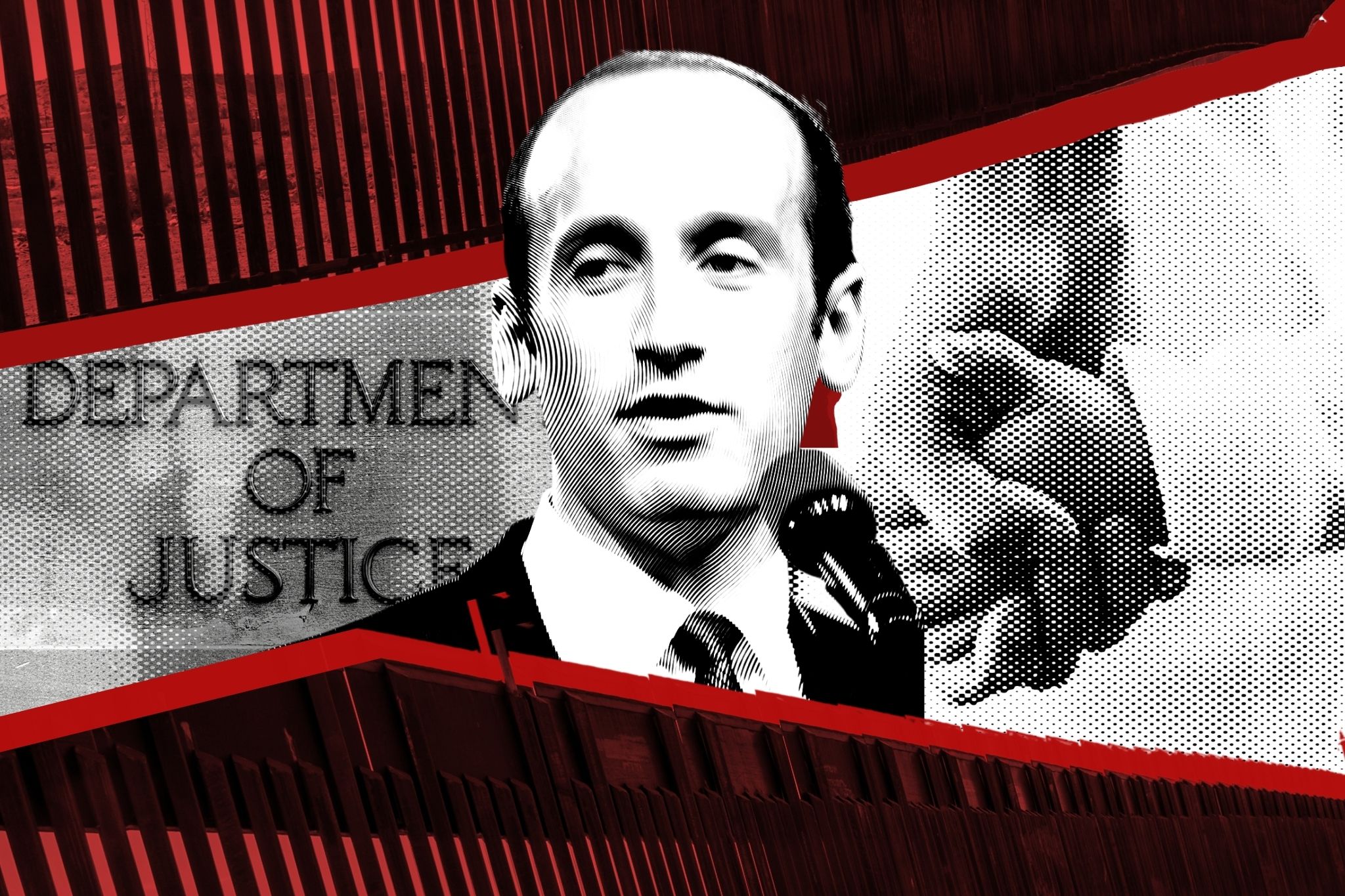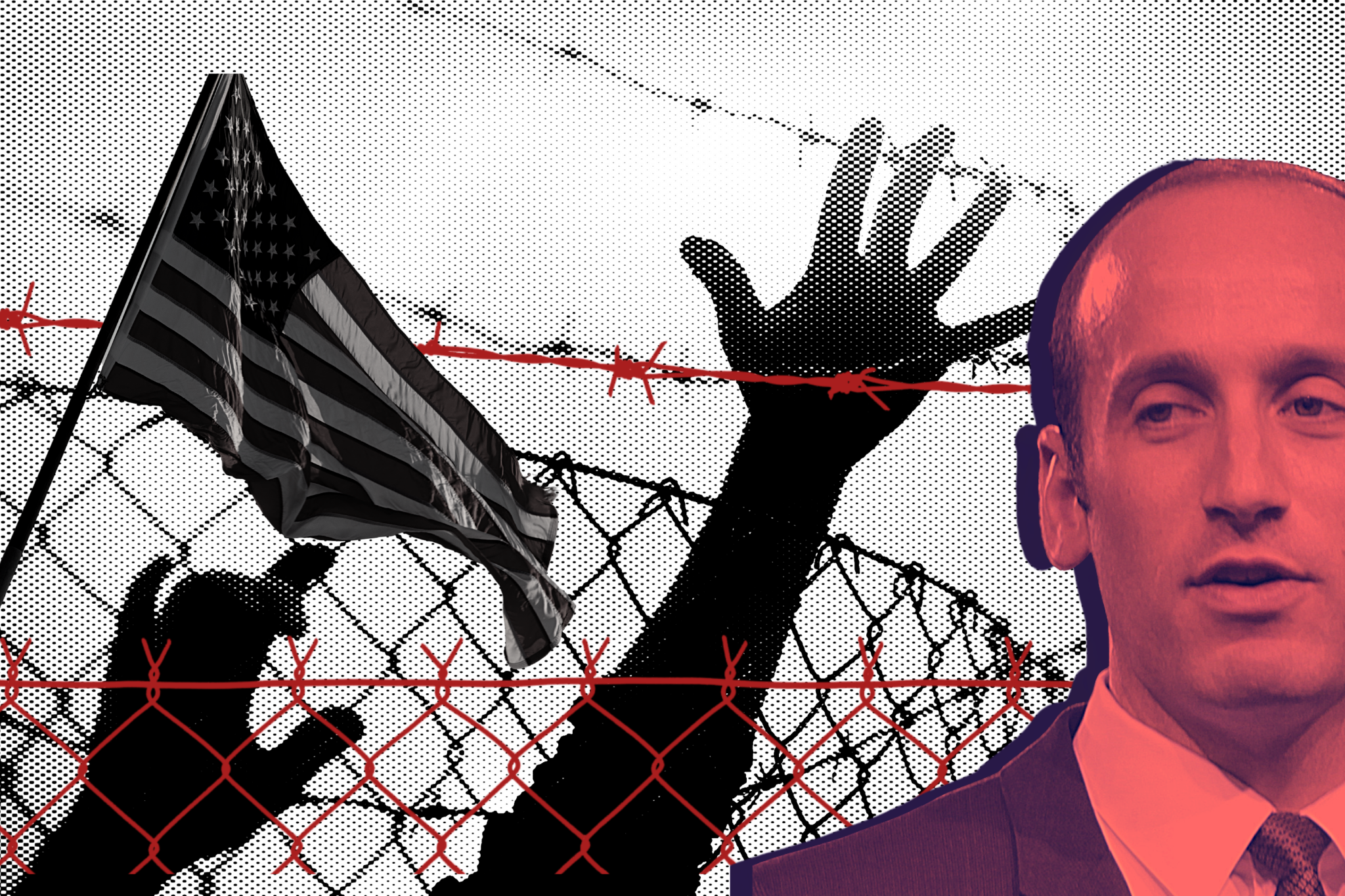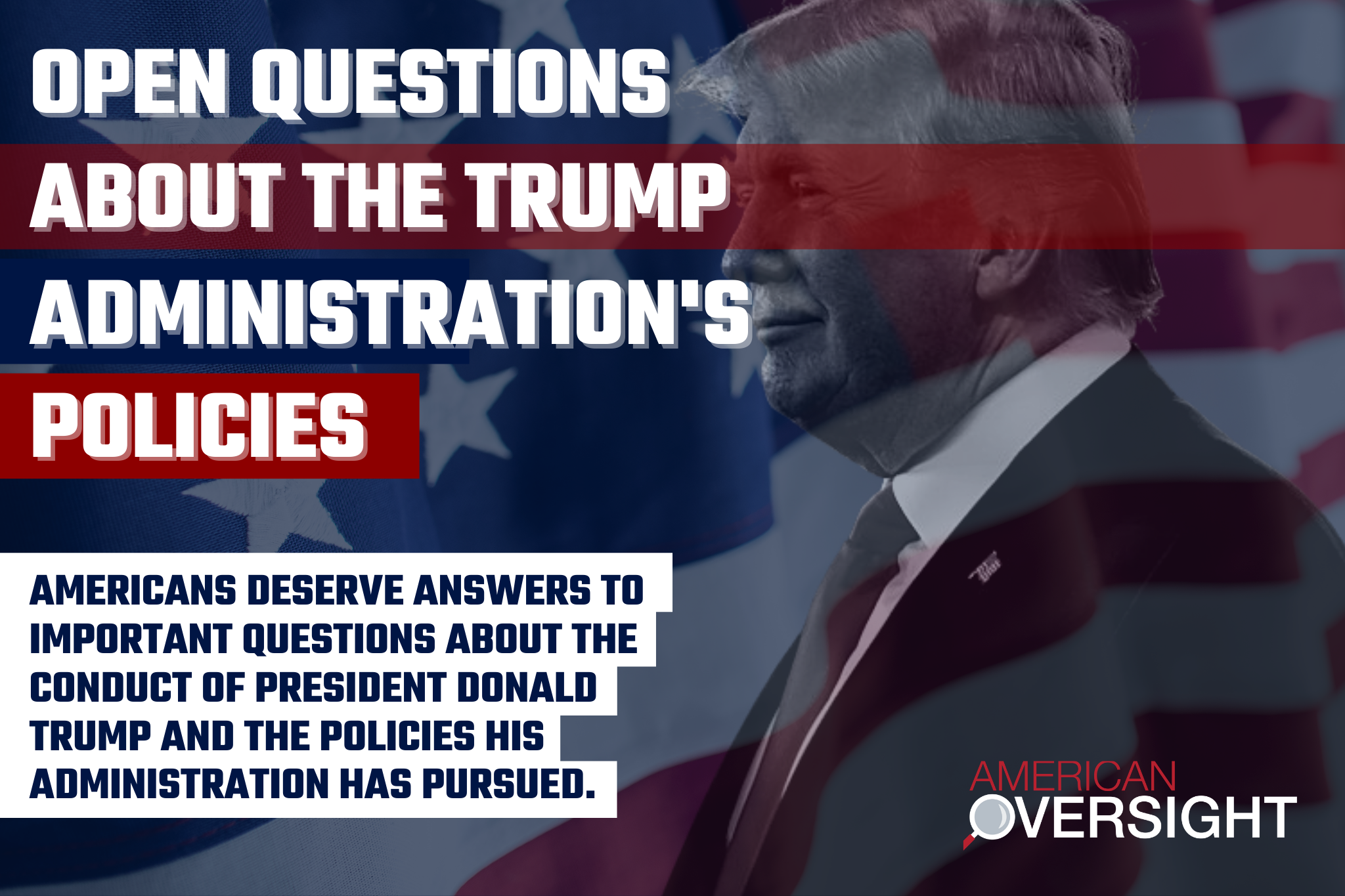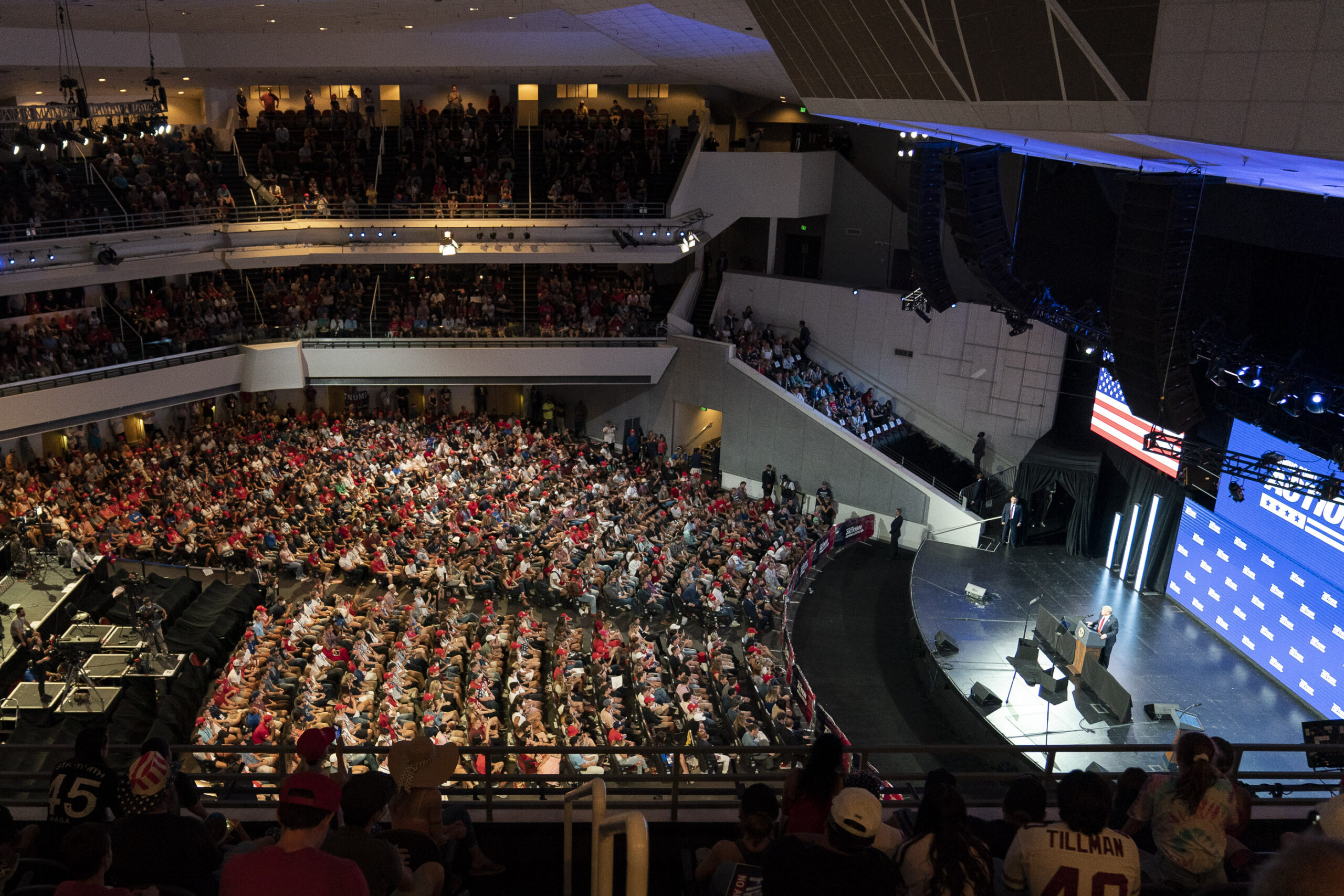
Family Separation and the Detention of Immigrant Children
The Trump administration established a policy of separating families and detaining children of immigrants arrested while attempting to enter the United States. After strong opposition, the administration claimed to have ended the policy, but children have continued to be detained. American Oversight is investigating to uncover the truth about how the family separation policy was developed and implemented from the top down.

En Español
Background
In the spring of 2018, Attorney General Jeff Sessions announced that the United States would adopt a “zero tolerance” policy toward people attempting to enter the country illegally, which included the separation of children from parents.
In April, Homeland Security Secretary Kirstjen Nielsen testified to the House Appropriations Committee that the department’s policy was to keep families “together as long as operationally possible” and that “when we separate, we separate because the law tells us to.” Speaking to a group of law enforcement officials the next month, Sessions said, “If you are smuggling a child, then we will prosecute you and that child will be separated from you as required by law.”
As of mid-June 2018, the federal government had separated and detained more than 2,000 children, housing many of them in chain-link cages in temporary facilities set up along the border.
DHS detained children who arrived at the border, sometimes for far longer than the 72 hours allowed by law, then transferred the children to the custody of the Department of Health and Human Services, which kept the children in “tent cities,” at least one of which remains operational.
Public outcry led to a June 2018 executive order in which President Trump officially ended the family-separation policy and instructed DHS to house children with their parents in existing facilities. In January 2019, the inspector general of the Department of Health and Human Services found that the number of separated children who were referred to the department’s Office of Refugee Resettlement had increased significantly as early as the summer of 2017 — well before the announcement of the zero-tolerance policy. In April 2019, the government admitted in court documents that the process to reunite families could take up to two years. Meanwhile, news reports indicated that children were still being separated from their parents in 2019. The indefinite detention of minors violates the 1997 Flores Settlement Agreement, which limits how long immigrant children can be detained.
American Oversight is seeking a broad range of records from the key agencies involved in the Trump administration’s policy of separating and detaining children of immigrants arrested at the border, from information about detention facility conditions to communications with Congress and information about the costs of implementing the policy.



